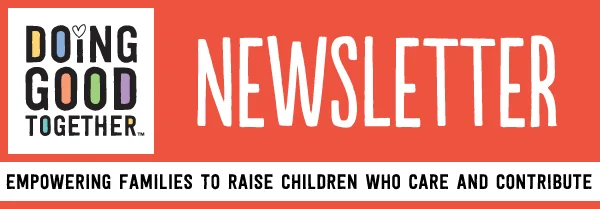BECOME A CULTURAL AMBASSADOR
Our increasingly globalized society can provide your family with important opportunities to interact with diverse people and cultures. This allows children (and adults) to appreciate the complexity and richness of other countries, to develop a sense of their own place in the world, and to realize that their view is only one among many possible views. Assisting a newly arrived family is one way to learn about another culture while making a real difference in someone's life. Newcomers, particularly refugee families, face multiple challenges, including language difficulties, cultural adaptation, lack of social support, discrimination, and employment barriers. Learn how your family can be a valued touchstone for one of these families.
– Jenny Friedman, Executive Director
BUILDING CROSS CULTURAL RELATIONSHIPS
Make a Difference.....
Befriend an Immigrant Family. Many organizations invite volunteers to assist immigrant families as they transition to life in this country. Check out VolunteerMatch, Lutheran Social Services or Catholic Charities to find a local opportunity. Activities can include welcoming them at the airport, helping with grocery shopping, finding services, or sharing a meal. You'll make new friends and learn about the unexpected differences and similarities your families (and cultures) share.
Educate Your Community and Fundraise. The International Rescue Committee American Refugee Committee encourages people to host fundraisers to raise awareness and support for their work worldwide. For inspiration, read about what others have done. You might also consider supporting the International Rescue Committee, dedicated to helping people rebuild their lives after a humanitarian crisis. Check out their ideas for hosting fundraisers, then plan an event with your family.
Give a Minute of Thought. We recommend the World Refugee Day website, set up by the U.N. High Commission for Refugees. Although this year's event has passed, it's instructive to read the stories of refugee families with your older children and talk about what you would bring with you if you had only a minute to flee. (Check out what others have said.) The website page also notes how many people were forced to flee during the time you spent on the site.
THERE IS NO PLACE LIKE HOME
Talk About It.....
How do you think you would feel if we had to move away from our home, family and friends to another country where we didn't know anyone and didn't speak the language?
What do you think you would miss the most about our home?
What do you think you could do to make the move easier for families coming to live in our community from far away?
What can we learn from people from another country?
Do you know the history of where our own family came from? Do you know the countries where our ancestors lived? Do you think someone helped them when they first arrived here?
Learn About It.....
The Whispering Cloth: A Refugee's Story by Pegi Shea.
Ages 3-8. This is the tale of Mai, a Hmong girl living in a Thai refugee camp who learns about the tradition of stitched storytelling cloths -pa'ndau - from the women in the camp.
One Green Apple by Eve Bunting. Ages 4-8. Farah is struggling to feel at home in a new country. But when she takes a class trip to an apple orchard, she sees that the similarities and differences between Making it Home herself and her classmates can bring them together.
Making It Home: Real-life Stories from Children Forced to Flee Introduced by Beverley Naidoo. Ages 8 and up. A collection of short narratives told by children for children about their experiences of leaving home during hard times.
INSPIRATION
"If man is to survive, he will have learned to take a delight in the essential differences between men and between cultures. He will learn that differences in ideas and attitudes are a delight, part of life's exciting variety, not something to fear."
– Gene Roddenberry, creator of Star Trek

